Let us make
your applications
secure

DevSecOps
Detect vulnerable code early in development

Use IAST – Interactive Application Security Testing – to know immediately where there are issues after coding just browsing your web application.
Self-protect the application in runtime
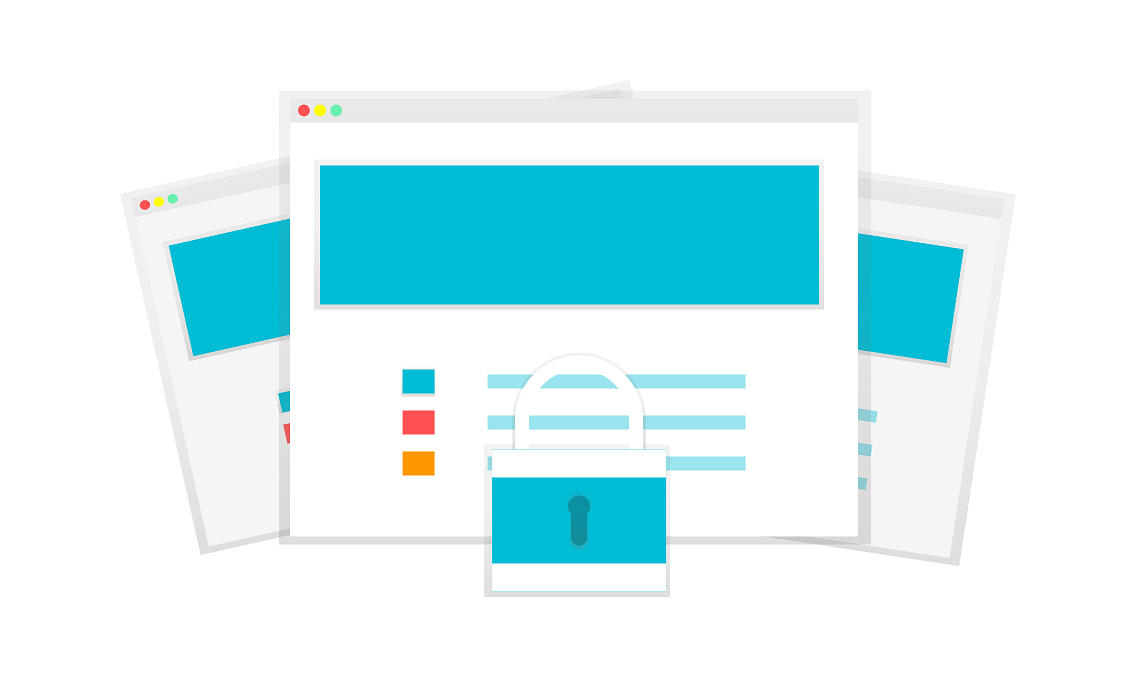
Verify the application protection before the deployment
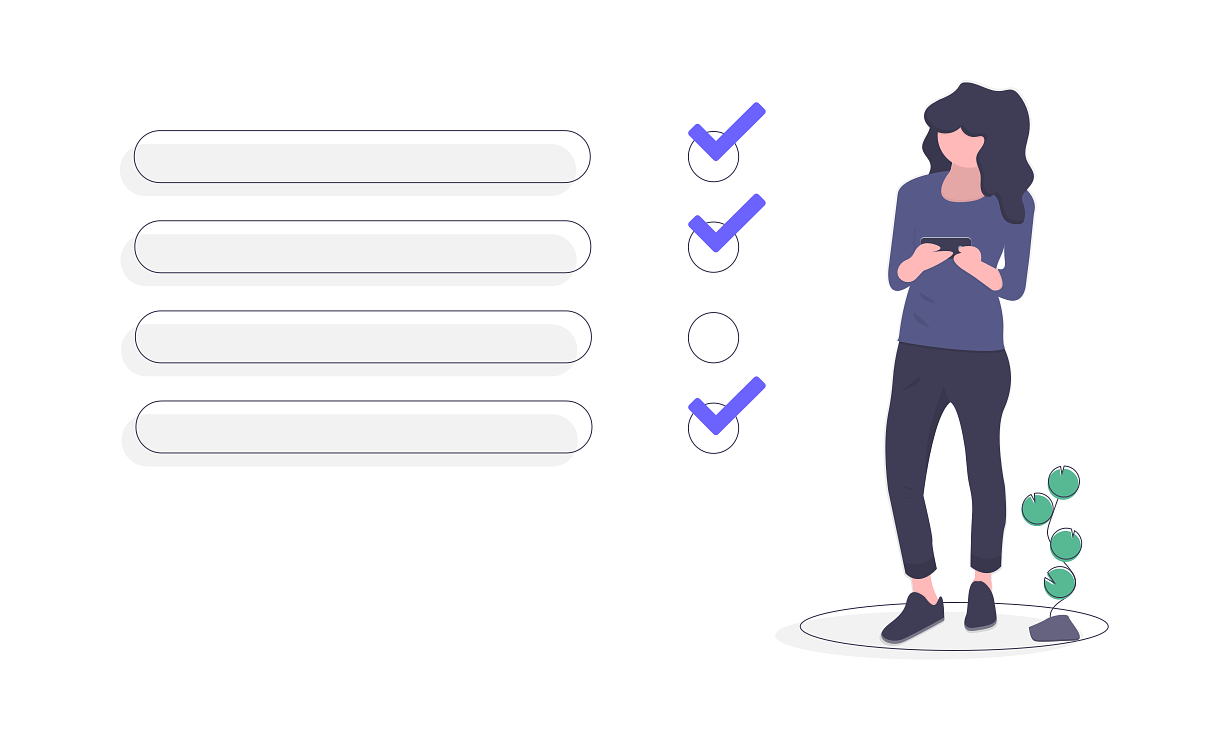
We make sure your build pipeline does this for your microservices.
Containers security
Scan Docker images for dependencies vulnerabilities
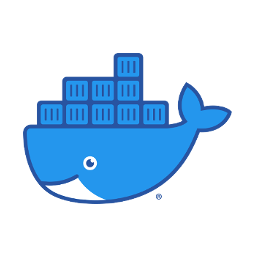
To help secure your container, we scan the base image for its dependencies:
- The operating system (OS) packages installed and managed by the package manager
- Key binaries—layers that were not installed through the package manager
Harden your Docker images

Employing a hardening methodology is fundamentally important due to the inherent nature of information systems not being secure out-of-the-box. By implementing a hardening guide, the security of information systems, network, and configuration are enhanced, decreasing the surface area for attackers. Hardening systems also apply maintenance standards for software updates and vulnerability triage, ensuring proper and secure management of software artifacts composing these information systems.
Follow Kubernetes security best practices automatically

It’s essential to stay on top of Kubernetes security best practices. As container technologies mature and more applications transition to clustered environments, defining and implementing Kubernetes cluster security policies becomes ever more important. Kubernetes Cluster security policies provide a framework to ensure that pods and containers run only with the appropriate privileges and access only a finite set of resources. Security policies also provide a way for cluster administrators to control resource creation, by limiting the capabilities available to specific roles, groups or namespaces. We make sure they are properly defined for your Kubernetes clusters.
API security
Make sure your APIs follow security best practices

We monitor on regular basis your APIs and make sure they follow The OWASP best practices for securing REST API. Some of them are HTTPS enforcement, usage of JWT tokens instead of Basic authorization, proper user authentication against an Identity Provider, DDoS protection via throttling etc.
Enable security monitoring for your API
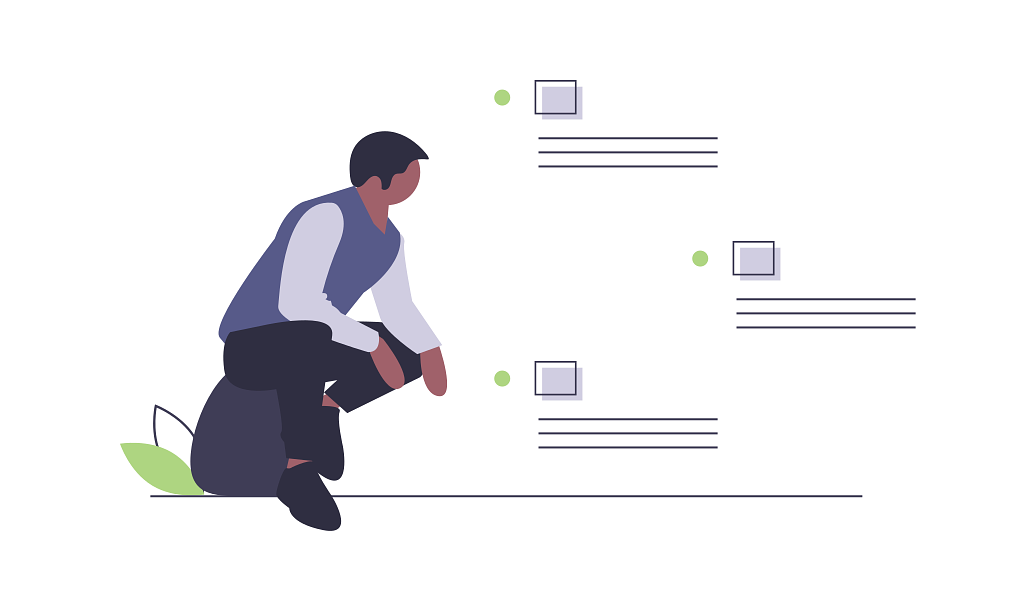
API security is complex and relies on many systems working together as expected. Avoid breaches and failures with active monitoring of critical scenarios. With proper integration with your SIEM we enable you to monitor and verify all the critical services work as expected.
Microservices APIs – do identity, access management without the overhead

Microservices-based applications consist of distributed components that communicate across a network via APIs, so you must ensure that only appropriate traffic comes to each service component, even though those components do not control what sits at the other end of the network connection. Ensure that internal, intra-application communications are secure by configuring identity and access management (IAM) authentication with token verification for your microservices.

Secure your applications for a fixed monthly fee
Secrets Management
Control, log and audit the access to secrets
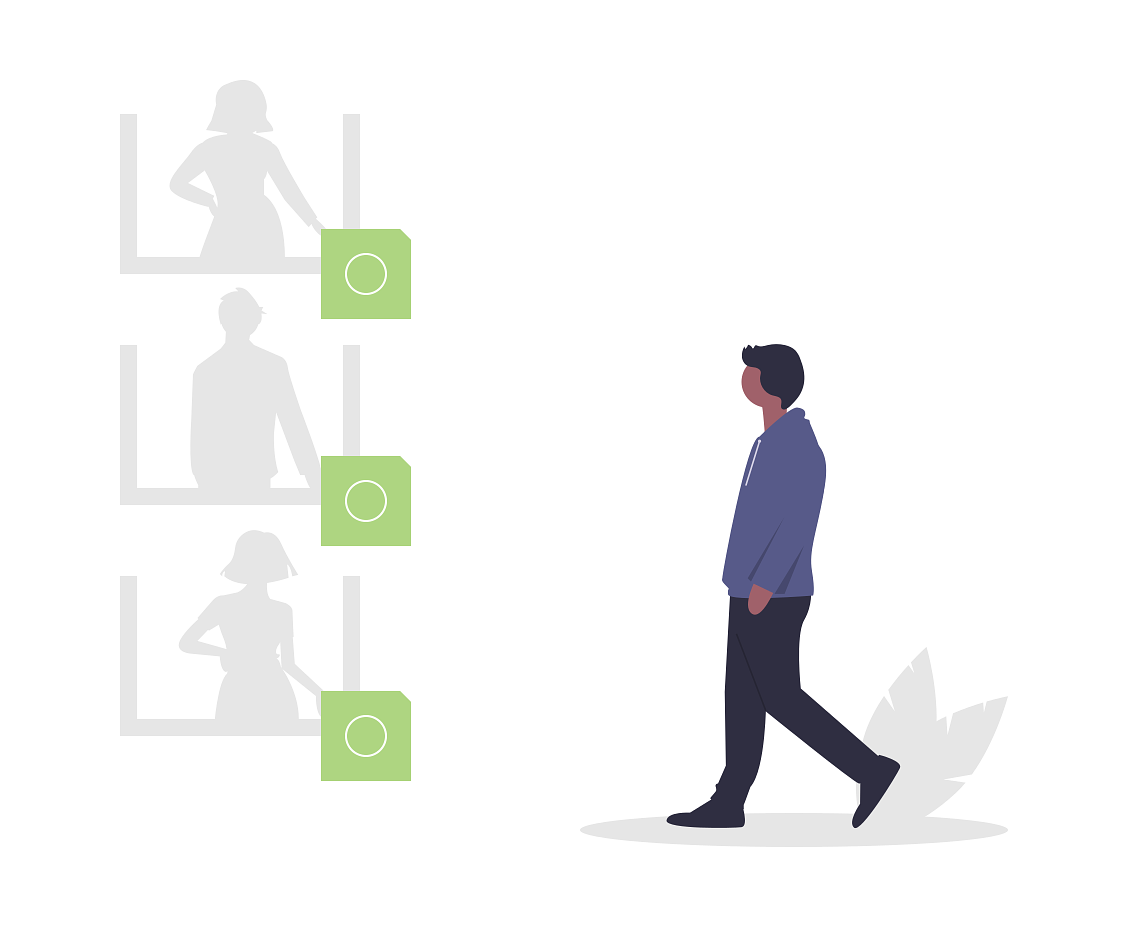
Enable RBAC access to the secrets and control who is allowed to read or manage them. Enable audit logs to provide detailed history of client interaction — authentication, token creation, secret access & revocation — which can be used to detect security breaches and attempted access to systems, and guide policy enforcement.
Enable proper secrets management for Docker, Kubernetes, API and your applications
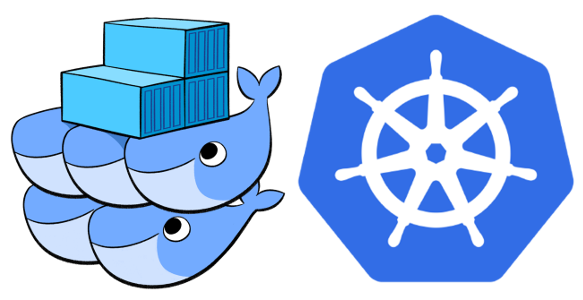
Achieve top security with dynamic keys

Dynamic secrets do not exist until they are read, so there is no risk of someone stealing them or another client using the same secrets. Because of out of the box revocation mechanisms, dynamic secrets can be revoked immediately after use, minimizing the amount of time the secret existed.
SIEM
Get every app and microservice to send logs to SIEM
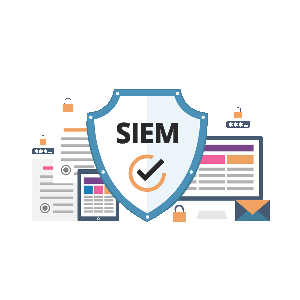
Every aplication MUST send logs to enterprise SIEM to make possible incident reviews, incident management, analytics and behavior profiling, threat intelligence and ad hoc secutity problems search.
Enable monitoring, alert and incident handling, CSIRT, breach analysis and response, and event correlation to make sure you get immediately notified of a potential breach. New attack vectors and vulnerabilities are discovered every day and with microservices you have the attack surface even larger. You have to make sure you notice suspicious activity even if the attacker has broken beyond your application security.
Achieve Compliance for your microservices and apps

Almost every business is bound by some sort of regulation, such as GDPR, PCI-DSS, HIPAA and Sarbanes-Oxley (SOX). Attaining and maintaining compliance with these regulations is a daunting task. SIEM technologies addresses compliance requirements for your microservices and applications both directly and indirectly.
Protect your microservices against Advanced Persistent Threats
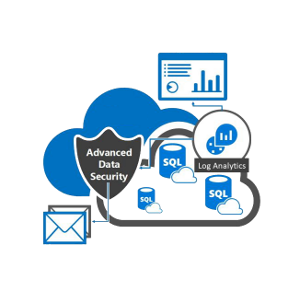
Data security
Keep the applications GDPR-compliant from day one

We make sure your microservice is complaiant with GDPR and can the following:
- Integrates with your data discovery tool to make the personal data transparent
- Requests consent from the user
- Provide the API to delete personal data
- Notifies 3rd parties for erasure
- Enrypts data in transition and at rest
- Allows the users viewing and managing their consent
Enforce transparent data encryption at rest and transit
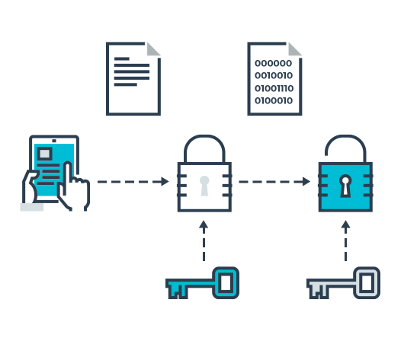
Depending on the database we enable respective mechanisms for transparent data encryption at rest. This is compliant with GDPR and protects the data from being read if the database files get stolen or leaked.
Enable data redaction, subsetting and masking for Dev and Production environments
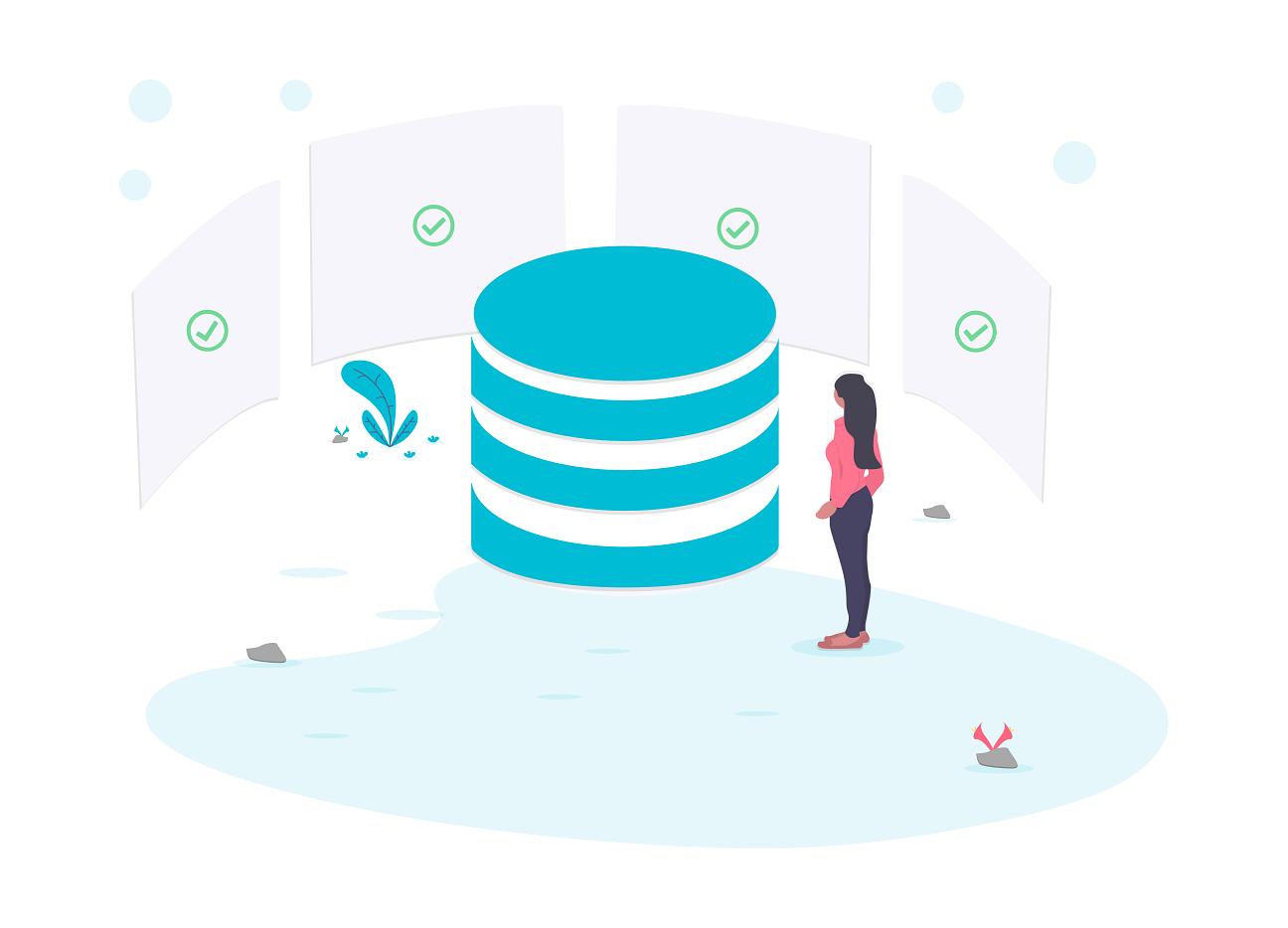
The test and staging environments must have the same protection level as the production. However, allowing all your developers access to your full data set is definitely a no-no with GDPR. To be GDPR-compliant makes it impossible for developers to have their own copies of personal data for development purposes. We enable the data redaction, masking and subsetting for the developers to use. On production environment we make sure that the personal data are being masked where appropriate and are not being written to the logs.
Identity management
Manage application accounts and privileges via centralized IDM system
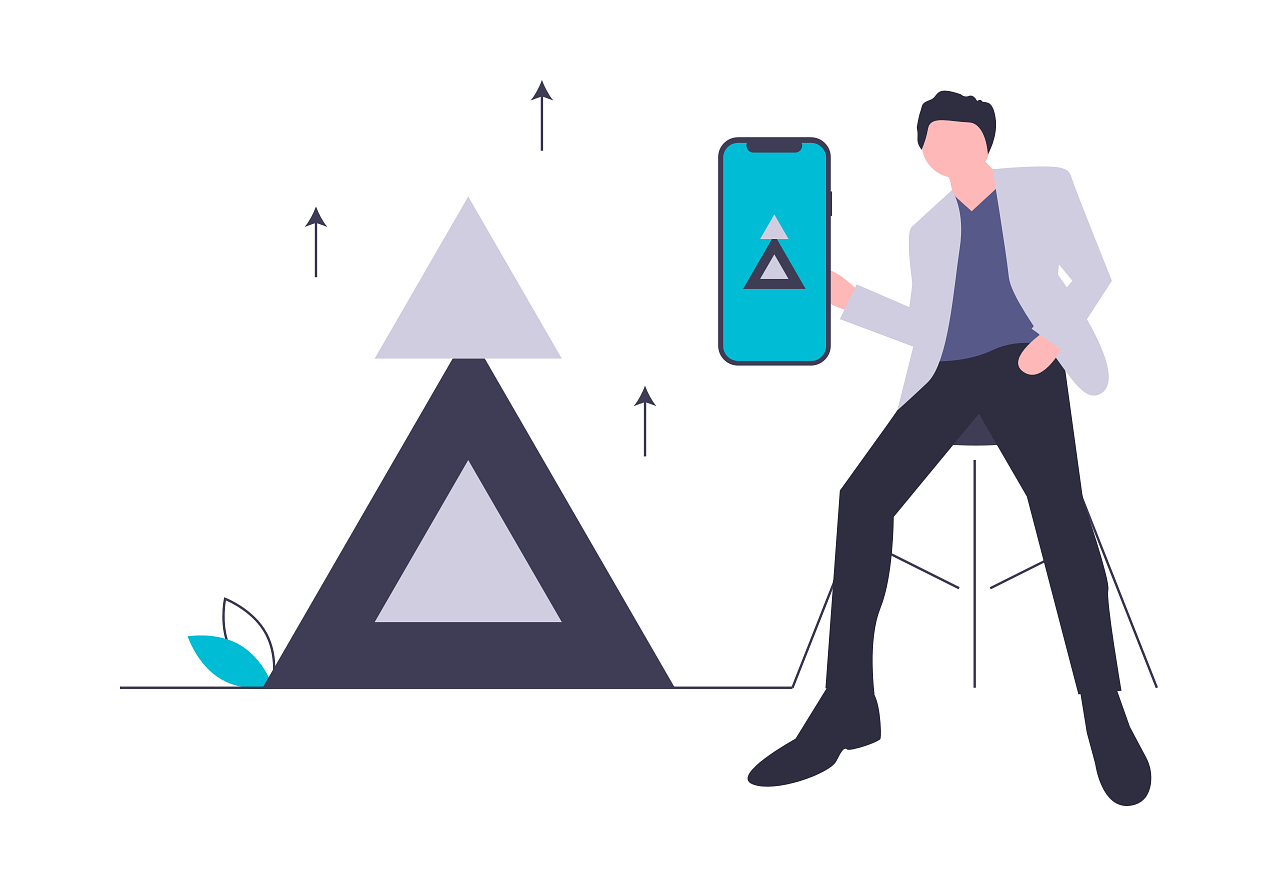
We help you to connect the application with your Identity Management solution so that the access to the application is managed from the centralized system. We define the policies in IDM in order to automatically grant/revoke access to the application depending on user’s attributes or enterprise roles. This also ensures the visibilty of access which is important for comliance audits and GDPR
Access user information from your application via REST API securely

In order to comply with GDPR and other security standards it is more convenient not to store the user identities on the applications‘ database but rather in a centralized IDM system. The IDM provides to the application the REST API, i.e. via SCIM protocol and the applications should use the API to manage the users‘ information. We help you to add this feature to the microservices you develop.
Use centralized self registration and password management

Reuse registration, password management and user profile pages across your applications. These pages are connected to the IDM system and the helpdesk can also manage these accounts and their permissions.
Access management
Use adaptive step-up MFA authentication

With step-up authentication, applications that allow access to different types of resources can require users to authenticate with a stronger authentication mechanism to access sensitive resources.
For example, an intranet webite requires users to authenticate with their username and password to access customer data. However, a request for access to employee data (which may contain sensitive salary information) triggers a stronger authentication mechanism like multi-factor authentication (MFA).
We add step-up authentication to your app with multi-factor authentication support. Your app can verify that the user has logged in using multi-factor authentication (MFA) and, if not, require the user to step-up to access certain resources.
Get single sign-on via OIDC, OAuth 2.0 and SAML
protocols in your applications
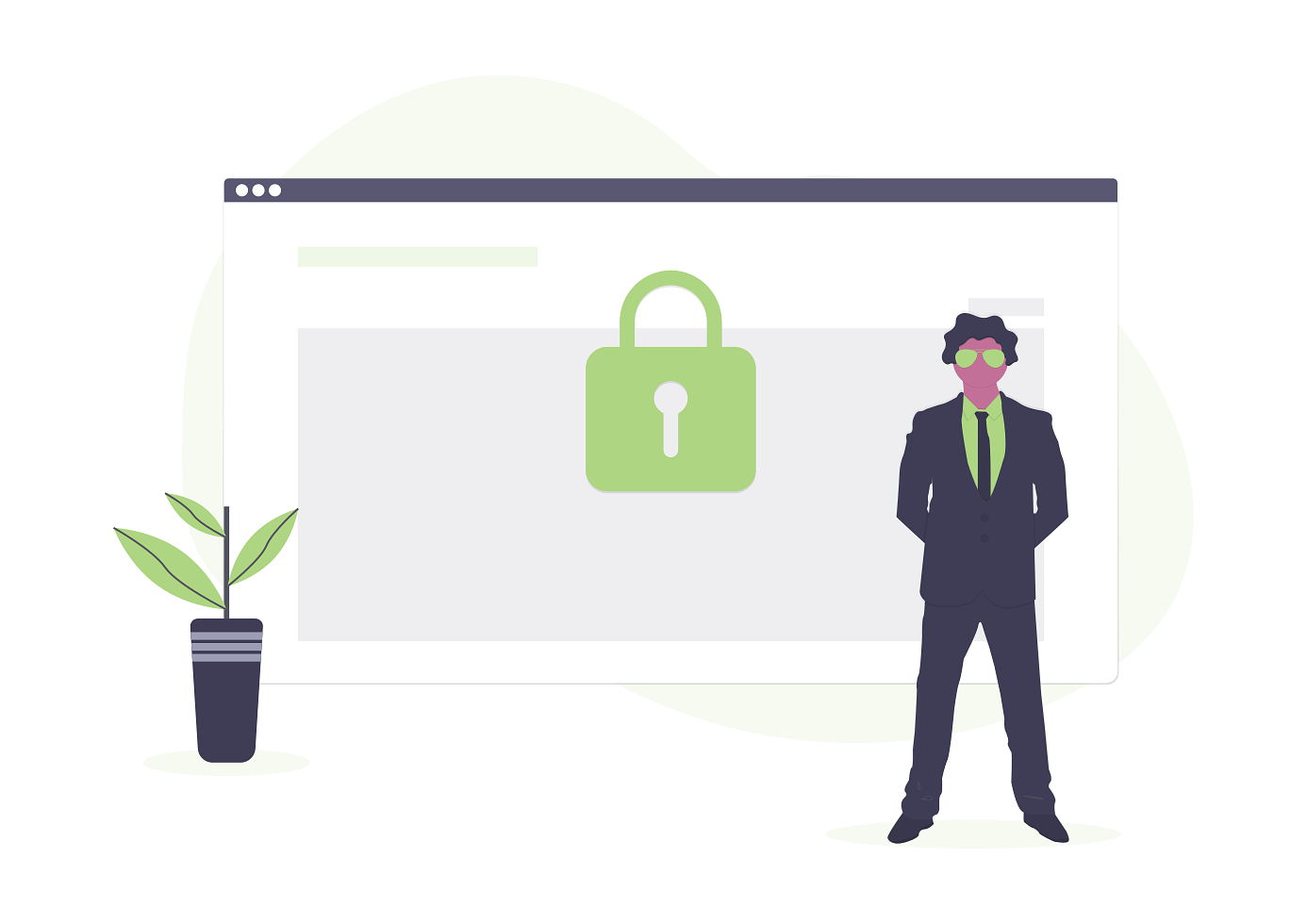
Use single login to all your applications and microservices, so user log in once and get proper access to all of them. Under the microservice architecture, an application is split into multiple microservice processes, and each microservice implements the business logic of one module in the original single application. After the application is split, the access request for each microservice needs to be authenticated and authorized. This is achived by using JWT tokens and OAuth authorization server. We assist you in implementing thу SSO with the modern access protocols like OIDC and OAuth 2.0 as well as SAML for legacy enterprise applications.
Enable seamless, customized sign-on experiences for your customers with CIAM

When you’re launching a customer-facing application, speed is critical. Customer Identity and Access Management(CIAM) handles security, scalability and identity best practices for you so you can focus on building your application and meeting launch deadlines. CIAM makes it fast and easy to leverage identity services that make user interactions with your application convenient and secure
Visibility
Visibility of the microservices interaction

It’s important for security to have an up-to-date picture of how your sensitive data flows from one microservice to another. We enable this for you by using Distributed Tracing and Topology Visualization tools.
It would also help you to understand the structure of your service mesh by inferring the topology, and also provide the health of your mesh and detailed metrics.
Visibility of user identities across applications
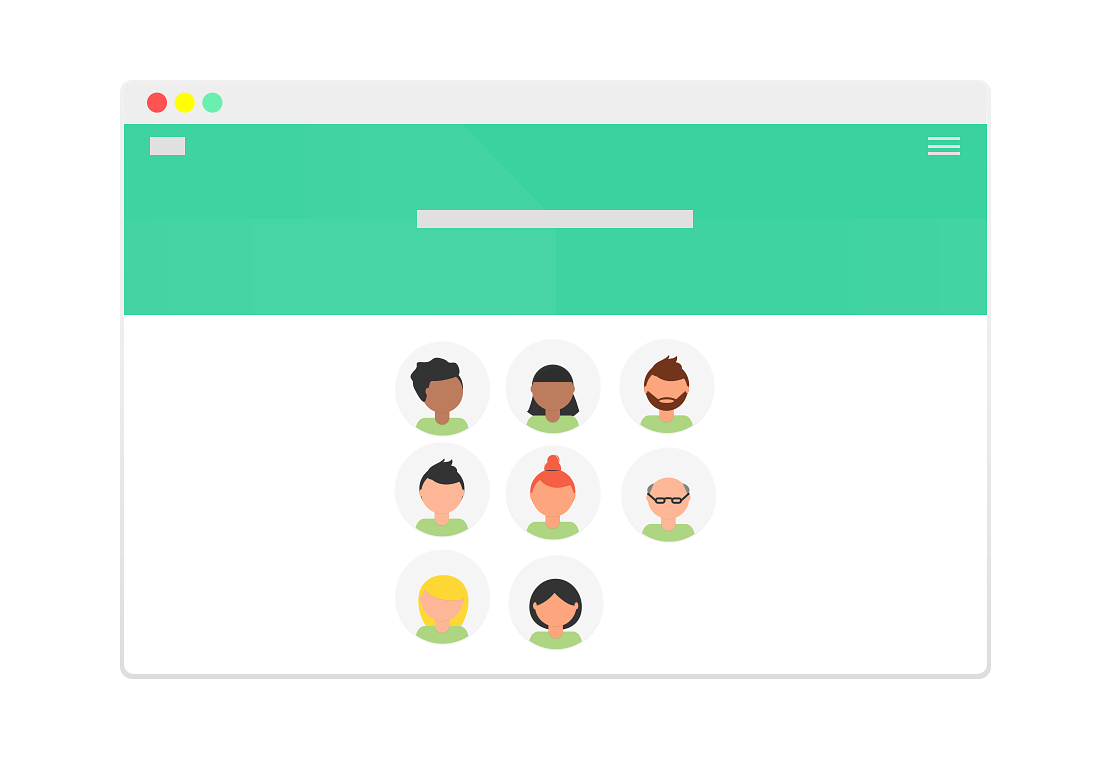
By enabling a centralized Identity Governance solution you will be able to always know who has which privileges in your applications and microservices.
Identity now serves as the perimeter keeping your enterprise safe from external attacks. Hackers seek out vulnerable user accounts to sneak into networks undetected, which in turns signifies identity as the most blatant attack vector.
It allows you to provide automated access to an ever-growing number of microservices, while at the same time managing potential security and compliance risks. Identity governance enables and secures digital identities for all users, applications and data.
Visibility of GDPR personal data
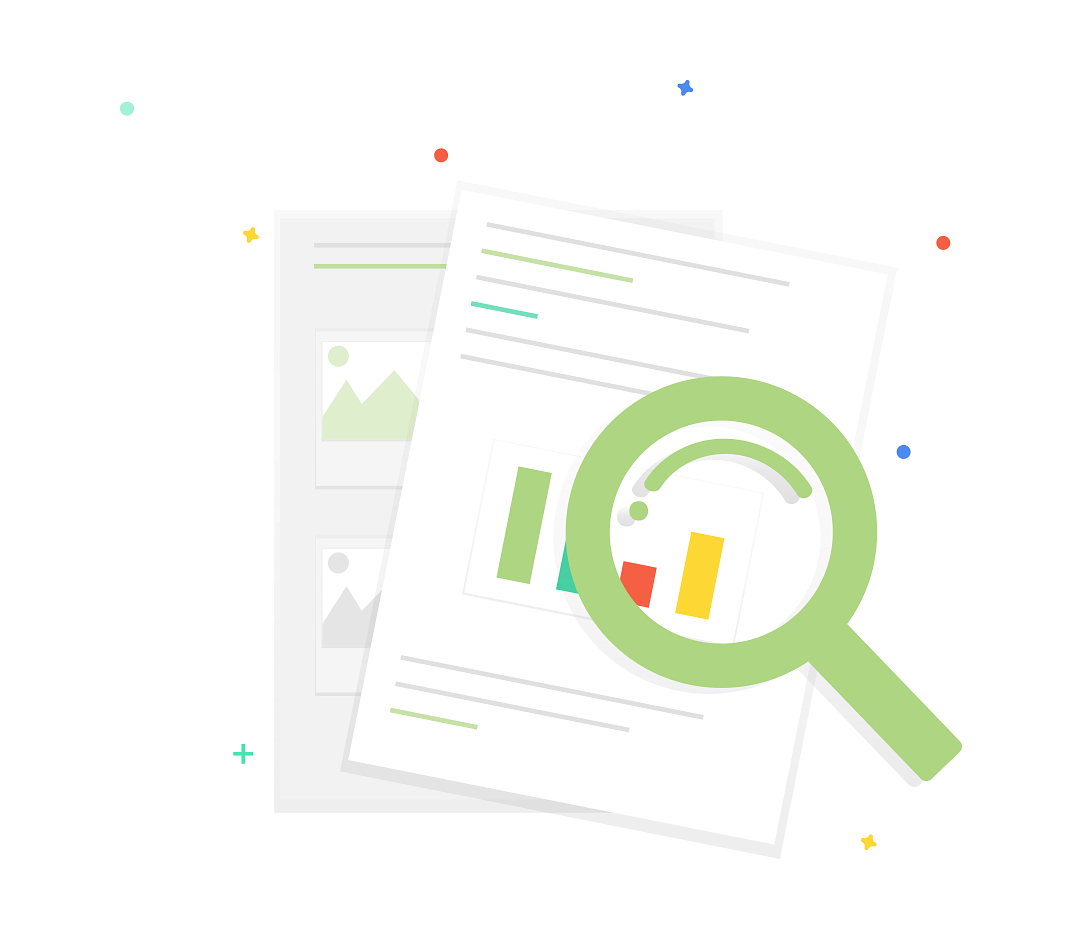
GDPR requires that personal data is continually managed to ensure that you remain compliant at all times and that you can quickly respond to requests from individuals such as the right to have all their data removed. By enabling Data discovery you get the ability to monitor, track and trace the personal data within your organization to ensure that you have visibility of all activities taking place on that data. This will help to quickly identify the source of data breaches and enable you to comply with notification requirements should a breach occur.
Cloud security
Automate security best practices for AWS, Azure and Oracle Сloud
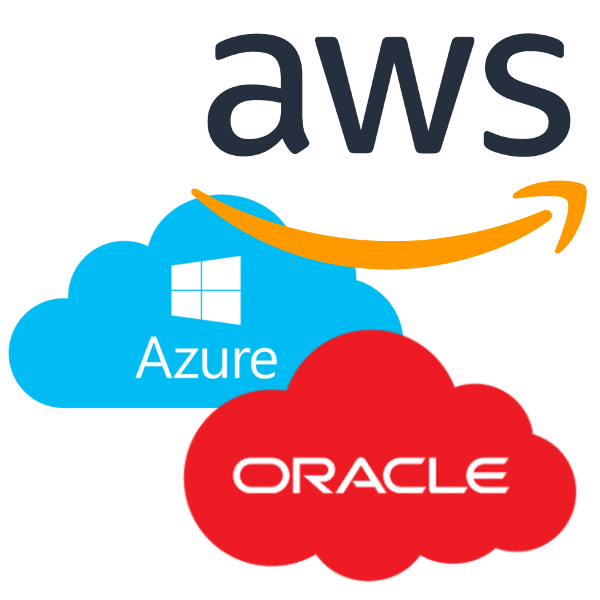
When you move your applications to public cloud, it’s critical to understand the shared responsibility model and which security tasks are handled by the cloud provider and which tasks are handled by you. Security matter do not move to the cloud provider togethe rwith the applications, you have to secure them yourself. Every Public Cloud Provider has its security best practices. We help you to automate them for AWS, Azure and Oracle Public Cloud.
Implement Zero Trust Cloud Environment

Static, fixed security solutions are relics in the cloud-native world. The architecture of the cloud-native environment means the attack surface of an app isn’t easily pinpointed or defined. Any user, microservice, port, or API can introduce vulnerabilities or be used to compromise the network. This means nothing can be trusted, which means security must be everywhere. You need to institute a zero-trust security architecture to defend your assets and operations. It is good practice to “never trust, always verify.” This applies to all users, apps and interactions within your cloud-native environment. We enable Zero-trust architecture for your cloud applications.
Make authentication simpler with Identity as a Service Cloud solution

With IDaaS developers no longer need to be responsible for developing their own identity service. The identity service manages authentication and the complexity associated.
User information is external from the application and developers. Remove all the code associated with login, resetting passwords, etc.
- Decentralizing Identity from Applications
- Streamlined External Authentication
- Ready to Go Authentication UI
- Increased security through 2FA, password complexity management, and SSH keys
We take care of moving the authentication from your applications to IDaaS of your choice.


